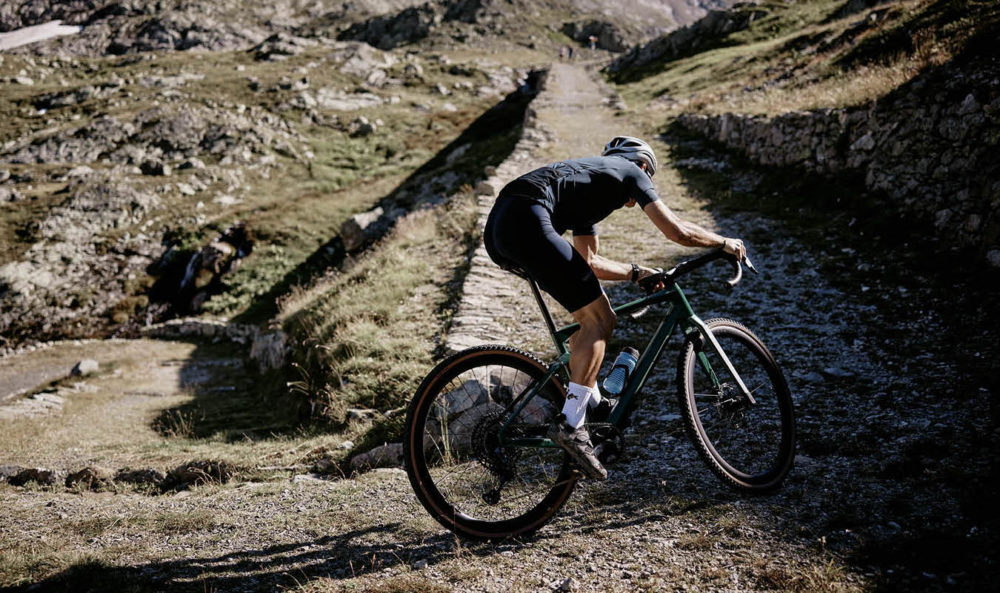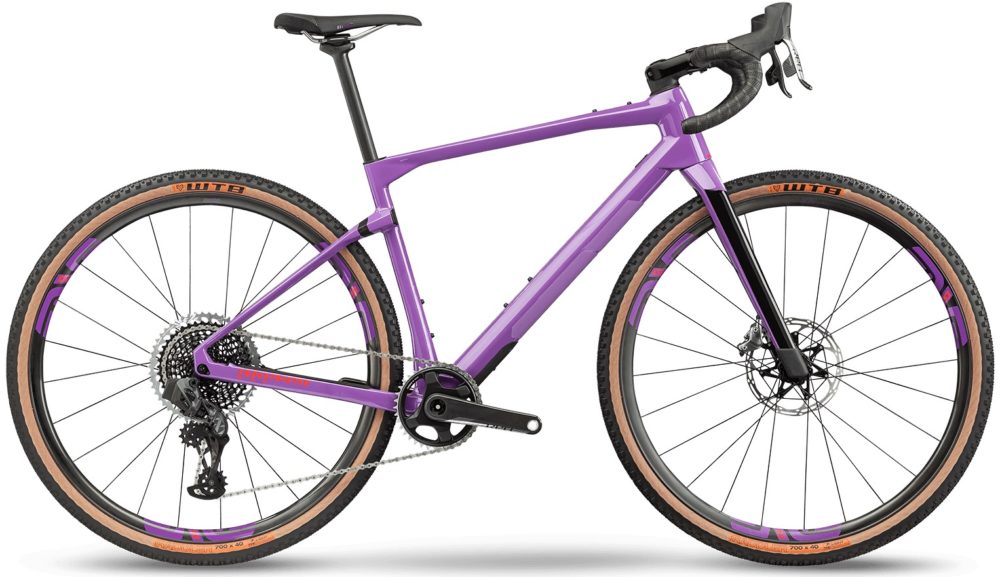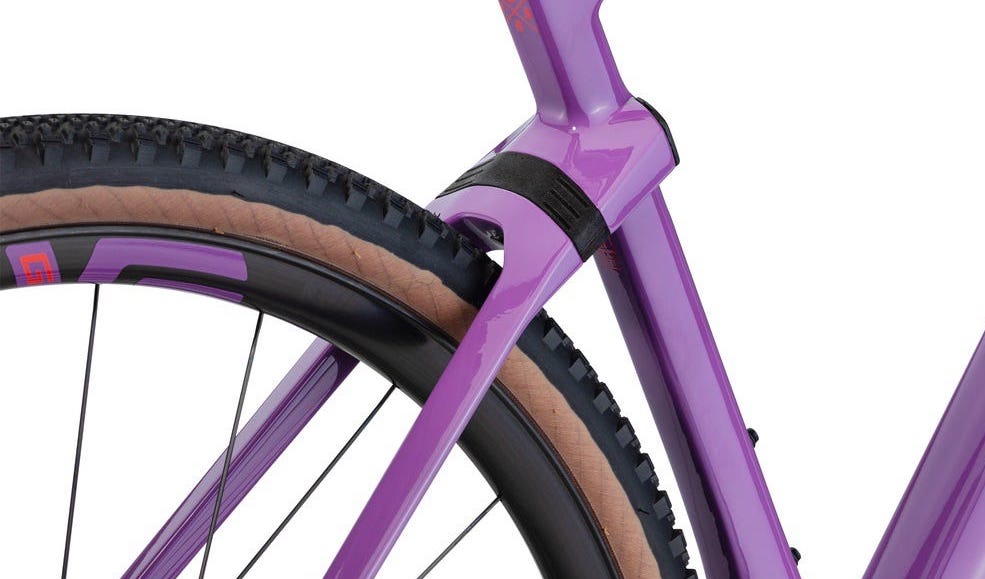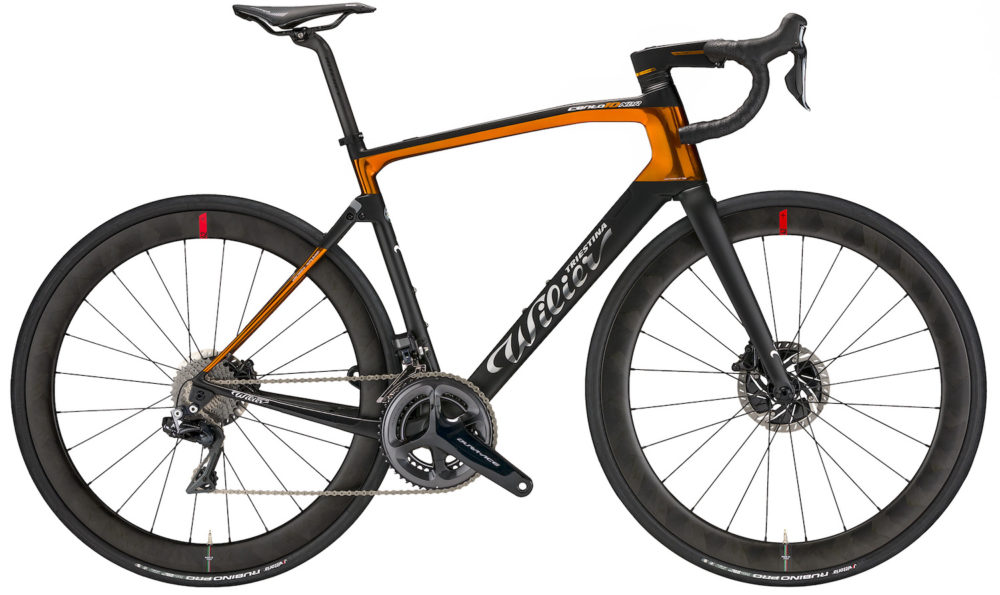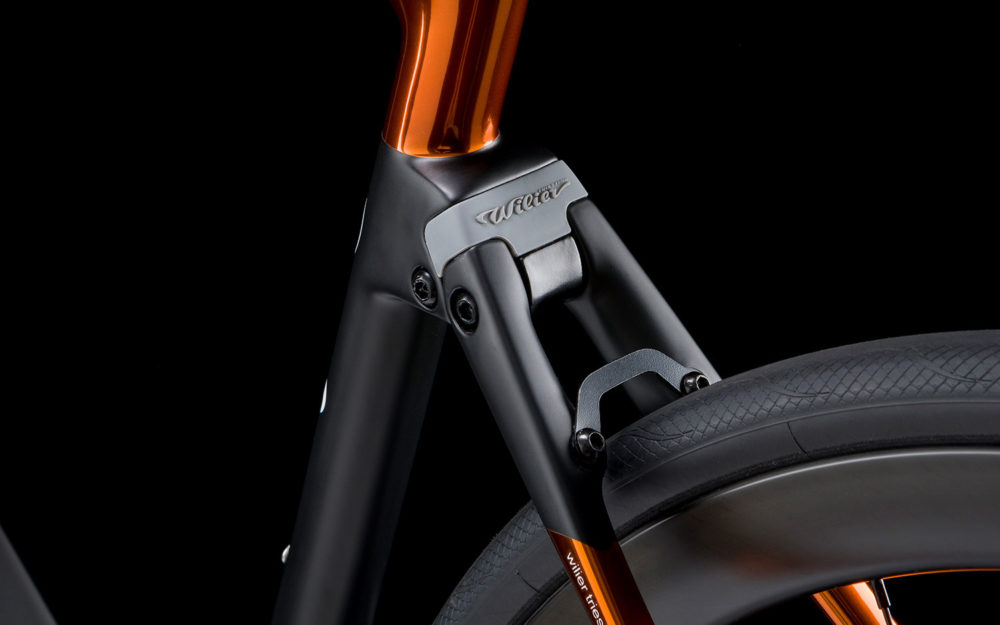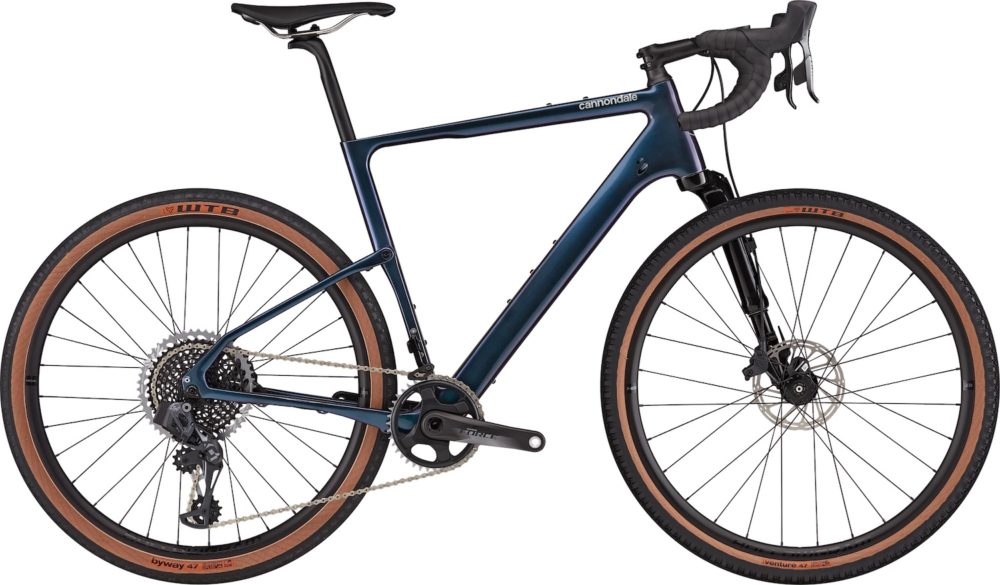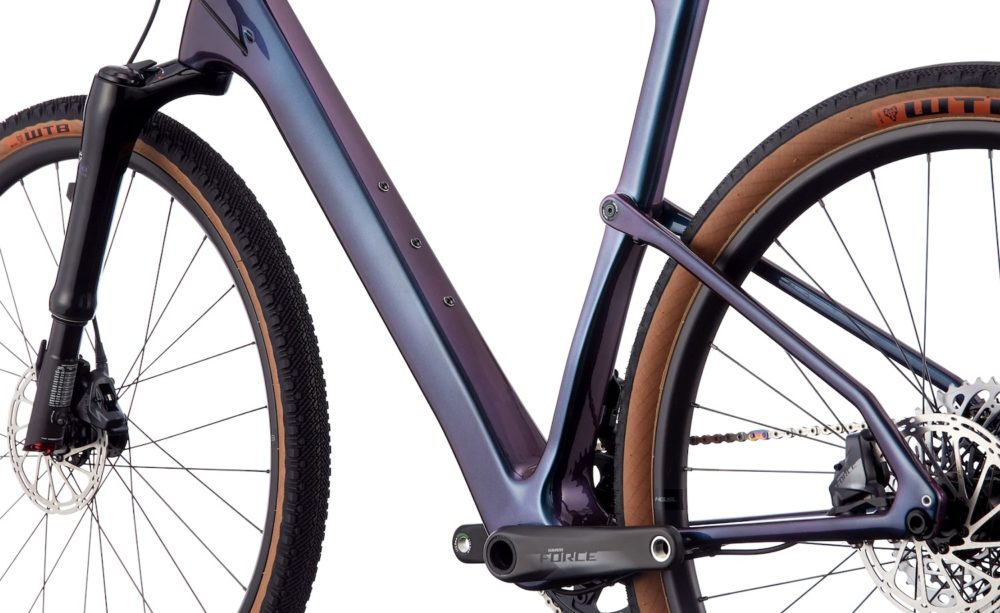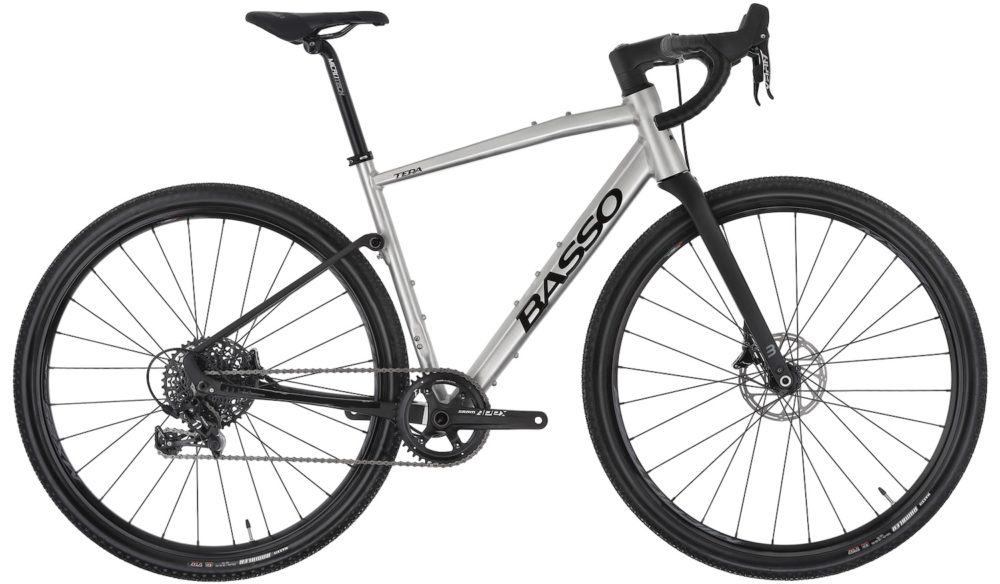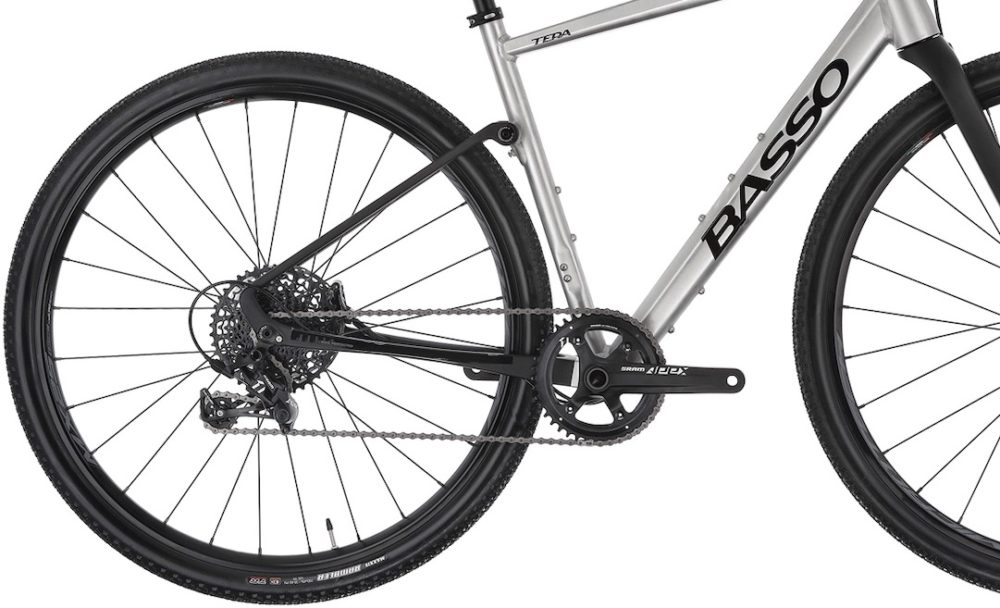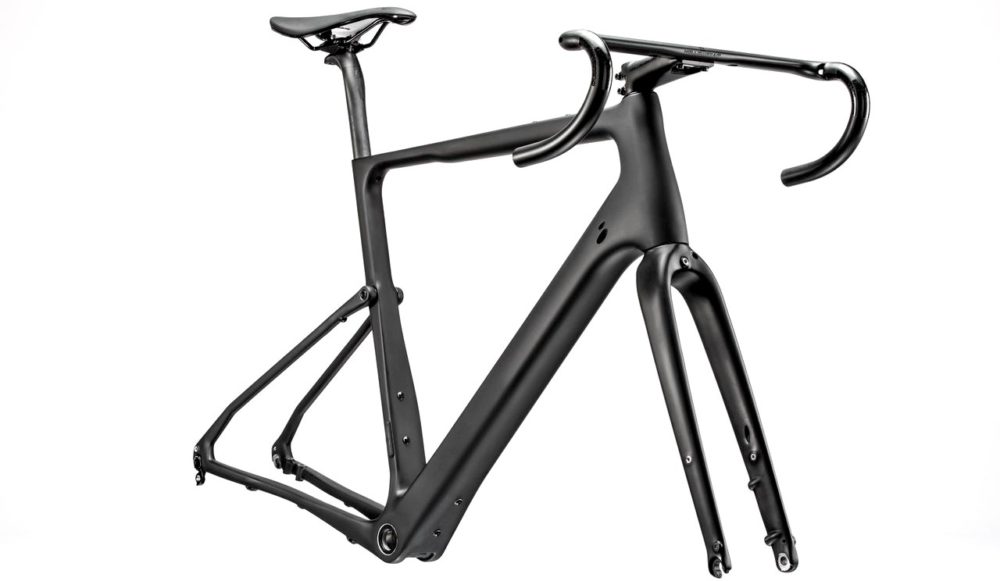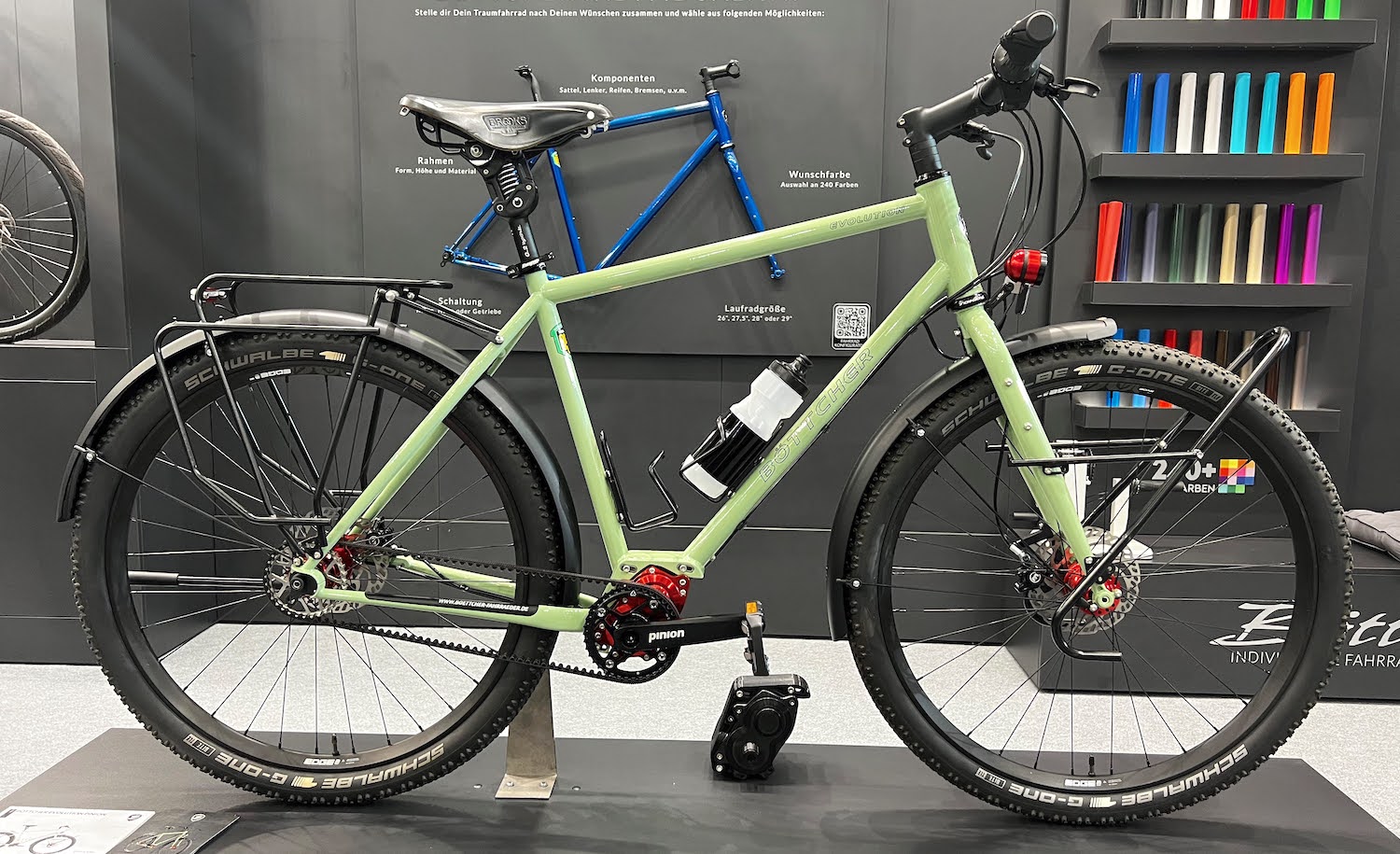Table of Contents
Soft tail bikes are nothing new, I remember lusting over several of them in the 1990s.
But do they actually improve your comfort, speed and rear-wheel traction, or are they just a gimmick?
Today, we’ll be using frame deflection and vibration data to assess the effectiveness of a handful of gravel bike rear suspension designs. I’ll be estimating the spring rate of these frames, and we’ll later compare the comfort of these frames with regular diamond ones.
But first, let’s discuss when suspension is advantageous and when it’s not.
Why You Should Use Suspension
1. To Increase Traction and Bike Control On Rough Surfaces
Suspension provides a noticeable gain in traction on rough surfaces, as even a minor amount of vertical deflection at the rear axle allows the tyre to maintain contact with the ground for longer. In addition, you get more predictable bike handling as the suspension keeps your bike more composed.
2. To Maintain Forward Momentum
Bumps rob energy from your forward momentum to instead bounce your body up and down. With a suitable tyre width and pressure for the terrain, your tyres can deform well over small road irregularities, but there is a limit to what a tyre can do. When it comes to larger step changes, suspension systems allow you to better maintain your forward momentum.
3. To Improve Comfort
Suspension insulates your body from both vibrations and harder jolts coming up from the road, resulting in more rider comfort.
4. To Use Faster Rolling Tyres
Given the improved traction and bike control, you could use narrower, lighter, faster-rolling tyres and achieve the equivalent grip of a more aggressive tyre fitted to a non-suspended frame. This results in a bike that’s suited to a broader range of surfaces.
Why You Shouldn’t Use Suspension
1. You Lose Some of Your Pedal Power on Smooth Surfaces
Although suspension can improve your comfort, traction and even speed, a suspension damper is literally designed to remove energy from the system. This can be a hindrance on smoother surfaces when it bobs up and down, but in the context of a gravel bike with just 10mm of travel, the difference in average speed is unlikely to go noticed.
2. Maintenance
A bigger downside to suspension on a gravel bike could be the maintenance. That said, the designs we will be examining today are incredibly simple compared to a full-suspension gravel bike like the Niner MCR9 (which uses multiple pivot bearings and an air shock that calls for 50-100 hour service intervals). The Niner’s suspension performance is on another level, however, thanks to all that complexity.
Tour Magazin Deflection Test
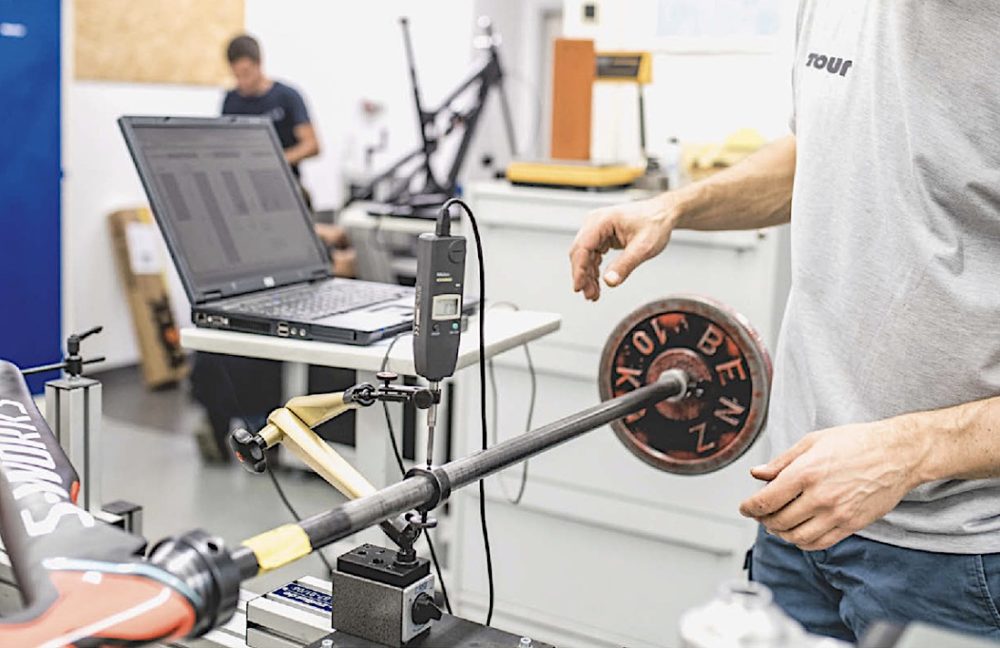
Tour Magazin has created a standardised frame deflection test, and have over 1000 road and gravel bikes measured (of roughly the same size).
For the rear deflection test, the frame is secured in a jig and a weight is attached to the seatpost. The amount of vertical flex is then measured. The “N/mm” values that we’ll be using are the amount of force (in newtons) required to move the frame and seatpost a vertical millimetre.
Our Four Bikes with Rear Suspension
Bike 1: BMC URS
The BMC “Unrestricted” is a carbon gravel bike that’s using an elastomer-based system that features two pins that slide on self-lubricated bushings. The system provides 10mm of vertical compliance, and there are three elastomer spring rates to choose from.
Two BMC URS bikes were tested by Tour Magazin with BMC D-shape carbon seatposts. On a number of other 56cm BMC bikes, this same seatpost required an average of 123N to flex a millimetre.
In comparison, the 2x BMC URS bikes measured at 86 and 90N/mm. If we take the average of these spring rates (88N/mm) we can say that 28% less force is required to flex the frame module a vertical millimetre than other 56cm BMC bikes with the same seatpost.
Bike 2: Wilier Cento 10NDR
The Cento is a carbon endurance road bike with clearance for 32mm tyres. I wanted to include this bike as it has a neat linkage built into the seat stays, which helps to dampen vibrations with its fitted elastomer. There are three elastomer spring rates to choose between.
Two Wilier Cento bikes were tested with Ritchey Link Flexlogic seatposts. On other 56cm bike examples, these seatposts deflected at an average of 128N/mm.
In comparison, the Centos were measured at 80 and 90N/mm. If we take the average of these spring rates (85N/mm) we can say that 33% less force is required to flex the frame module a vertical millimetre than other 56cm bikes with the same seatpost.
Bike 3: Cannondale Topstone Carbon
Two years ago, Cannondale unveiled this carbon gravel bike with both a suspension fork and a carbon leaf-spring for the rear triangle. This rear suspension system, known as Cannondale Kingpin, is said to offer between 10 to 12mm of movement at the rear axle. This design is very lightweight (1200 gram frame) but unfortunately, there is no way to adjust the spring rate.
Two Cannondale Topstones were tested with Hollowgram SAVE 27.2mm carbon seatposts. This seatpost on other bikes of the same size measured at 110 to 113N/mm – although it’s worth noting that was with 25.4mm seatposts, this larger diameter post likely has a slightly higher spring rate.
In any case, the Topstone samples were measured at 78 and 87N/mm. If we take the average of these spring rates (82.5N/mm) we can say that 27% less force is required to flex the frame module a vertical millimetre than other 56cm bikes with a similar seatpost.
Bike 4: Basso Tera
And finally, the Basso Tera is a low-ish cost aluminium gravel bike (€2099) with a carbon leaf-sprung rear triangle similar to what we’ve just seen on the Topstone. The frame is said to offer 8mm of movement at the axle, and like the Cannondale, there is also no way to adjust the spring rate of this bike.
The Tera was measured with a Microtech aluminium seatpost. While we don’t have the values for this specific post, I have found aluminium seatposts deflect at an average of 175N/mm in 56cm bikes (the deflection range is 130 to 450N/mm).
The Tera achieved approximately 110N/mm, which is 37% less force per millimetre than other 56cm bikes with aluminium seatposts.
Are These Frames Effective At Providing Traction?
As we would have hoped, these soft tail frames have lower spring rates than diamond frames with the same seatpost.
The cool thing is that by knowing the spring rate of various seatposts, we can use the rate of springs in a series equation to approximate how much force might be required to flex these frames a vertical millimetre at the rear axle.
When I put the seatpost deflection numbers into the equation, each of these frames required about 300 newtons of force to flex one vertical millimetre.
We can contrast this to the 8,568 newtons per millimetre of 56cm steel frames that were calculated by students at the University of Brighton using a finite element method. Or the 7158 to 14,316N/mm measured in a handful of steel frames in the 1990s.
That means that these soft tail frames likely require between 24 and 48x less force to flex a vertical millimetre.
As gravity exerts a force of about 9.8 newtons per kilogram of mass, when you simply apply your body weight to one of these soft tail bikes, the rear triangles are likely dipping 2-3mm into their travel. And when you’re on the road or trail, the ground forces will be deflecting the frame even more.
With a frame spring rate this low, the suspension is no gimmick – it will undoubtedly take the sting out of those medium-sized bumps, allowing you to have more traction and carry more forward momentum.
Are Soft Tail Bikes More Comfortable?
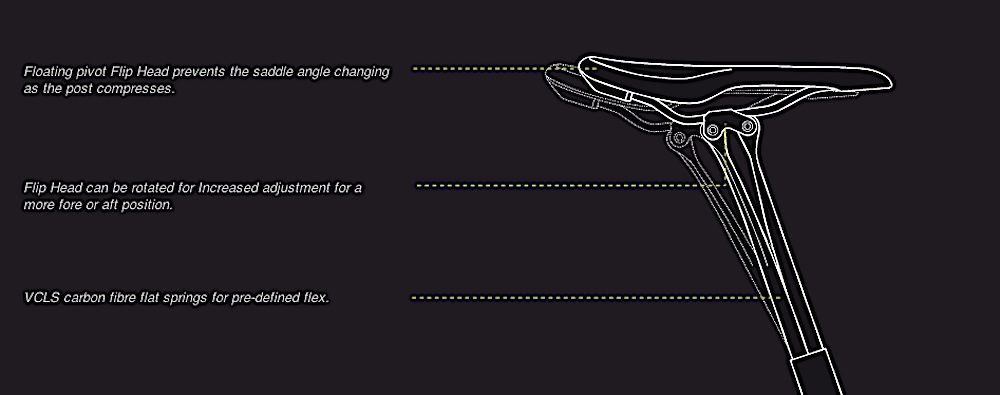
In the last decade, component manufacturers have put a lot of research and design into creating seatposts that maximise your ride comfort by offering high levels of vibration damping and vertical deflection.
A question you might be wondering: do the best carbon flex seatposts require less force to deflect a vertical millimetre than a soft tail frame?
Tour Magazin and Microbac Laboratories have some seatpost data for us. Across multiple bikes in the Tour Magazin testing, the Canyon S15 VCLS 2.0 seatpost required 72N/mm on average. Microbac found the same seatpost deflected at 67N/mm, although this was with 2-3cm more exposed seatpost, which we would expect would have more deflection.
Tour Magazin had similarly low numbers (70N/mm) from the new Roval Terra seatpost installed in a 56cm Specialized Diverge.
As these deflection numbers are lower than what has been measured in our soft tail bikes, you can unlock the same or more vertical deflection (comfort) just by selecting the right seatpost for your body weight.
Real-World Comfort Testing
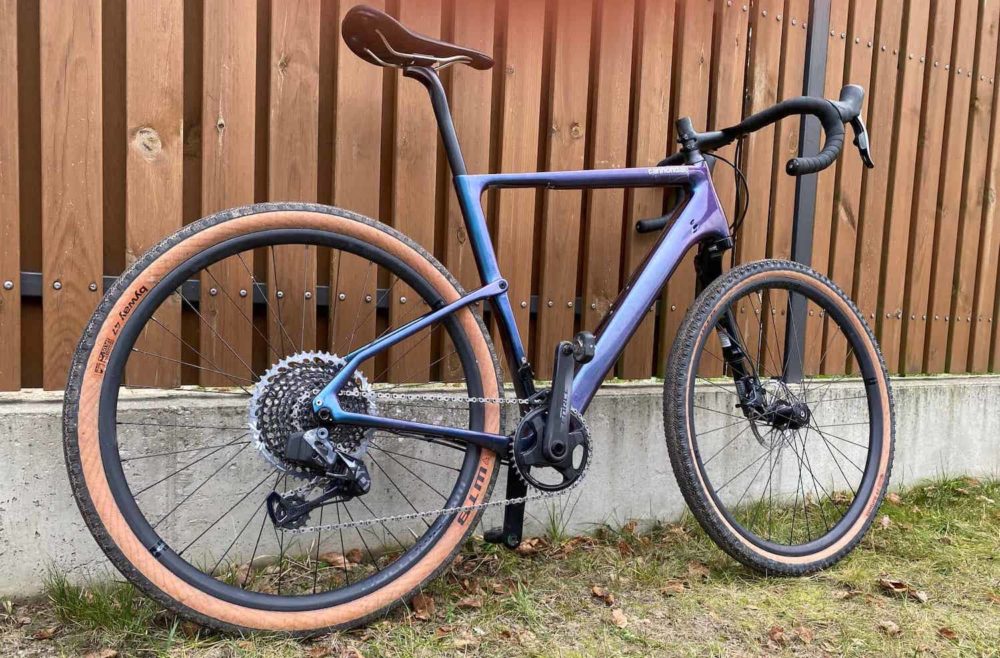
Krzysztof at GravelBikes has conducted outdoor vibration tests on a Cannondale Topstone on both a bumpy forest trail and a fast gravel road. He then compared the levels of vibrations on these surfaces to his titanium bike fitted with a Canyon S15 seatpost.
Unfortunately, his titanium bike was set up using a different tyre and wheelset combination, so the results are not definitive by any measure. But using his titanium bike (diamond frame), he actually found a 9% reduction in vibrations on the bumpy trail, and 4% less on the gravel road.
These are the kind of results we can expect, as the spring rate of the softest spring in a series is always the one that dominates, and the Canyon S15 VCLS 2.0 is as soft as it gets.
Summary
Rear suspension systems on gravel bikes are not a gimmick.
My estimations suggest that they flex vertically with 24 to 48x less force than a typical diamond frame, which results in more traction, more comfort, more control and more forward momentum on rough terrain.
That said, if your priority is seated ride comfort, the data suggests that fitting a carbon flex seatpost (or suspension seatpost) to your diamond frame can yield the same, or possibly even less transmission of vibrations to your body.
Other than for particularly rough terrain, I think a great application for a soft tail frame design is if you use a dropper seatpost. Dropper seatposts are very stiff vertically, so a soft tail frame will play a key role in maintaining your comfort.



